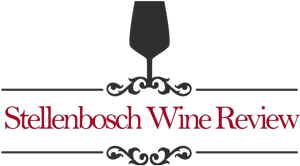Vintages
The Stellenbosch Wine Review allows you to compare recent vintages of the same wine and gives a brief description of the latest vintage.
The concept of ‘terroir’ – the effect of climate, soil, and location on the vine – is crucial to wine production. Stellenbosch has a range of soils, a variety of altitudes, of aspects, of proximities to the coast, of varying rainfall and wind, of shelter and sunshine hours, all making a variety of styles possible and suiting myriad varietals.
Stellenbosch has a range of specific climate ‘pockets’ and Wards in the District vary, Jonkershoek has a different meso climate than Bottelary, for instance.
Scroll down for a general overview of recent Stellenbosch vintages.

